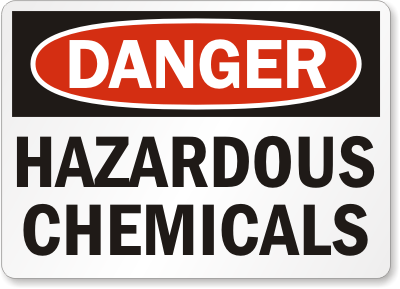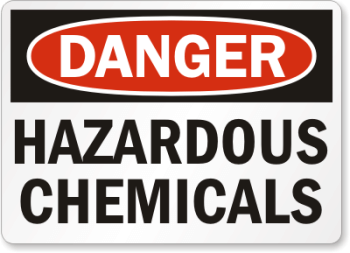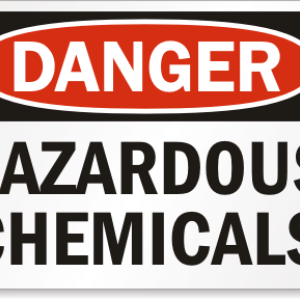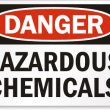Chemicals in the community: A citizen has the right to know
In 1986, the U.S. enacted the Superfund Amendment and Reauthorization Act, now known as the Emergency Planning and Community Right-to-Know-Act. This brought forth a new era in the rights of citizens to be told what chemical hazards may be present in their community. The following year, Maine enacted a similar law, but with more stringent reporting requirements.
Both sets of laws required the establishment of Local Emergency Planning Committees to carry out the mandates of these laws, according to a news release from the Knox County LEPC. In Maine, the LEPCs are formed by county. The mandates for LEPCs are:
To develop plans to help mitigate any potential chemical emergencies;
Assist in acquiring training for local emergency responders; and
Ensure those facilities that use or store hazardous chemicals meet legal requirements to report and plan for the chemicals they have on site.
What determines a chemical to be hazardous?
OSHA defines this as any chemical that poses an adverse risk to human health or the environment.
Based on this definition, EPCRA has required facilities to report those chemicals. This reporting requirement has further been divided into hazardous chemicals and extremely hazardous substances (EHSs) for reporting and planning purposes.
Hazardous chemicals in excess of 10,000 pounds at a facility must be reported to the nearest local Fire Department, LEPC and to the Maine State Emergency Response Commission (SERC) on an annual basis.
These substances include such routine products as gasoline, fuel oil and propane, along with a variety of other chemicals. EHSs that include many acids and poisonous gases must be reported (to the same groups) at lower levels, from one pound to five hundred pounds, based on their listing in a document known as "The List of Lists."
These chemicals (EHSs) also require facilities to develop plans in the event of a chemical emergency at their site. The plans include how the facility would alert employees and citizens in the event of an accidental release, areas that may be affected, steps to mitigate and clean up of the release.
The information that facilities provide through reporting and planning is used in development and continual revising of portions of the plan known as the "Knox County All Hazard Contingency Plan."
This plan combines requirements of EPCRA and the State of Maine law, NRT 1-X guidance document, plus additional requirements of Federal Emergency Management Agency (FEMA) as it relates to the natural hazards that the citizens of Knox County may be at risk from.
The information that is collected by the requirements of EPCRA is public information which, when utilized by citizens that live or work near facilities that use hazardous materials, allows them to be better prepared in the event of an accidental release.
The Knox County LEPC encourages citizens to use this information as part of developing family plans to deal with any hazard to include chemical releases.
Additional information regarding family emergency planning may be obtained from your local chapter of the American Red Cross or county EMA office, which is located at the Public Safety Building, 301 Park St. Rockland.
The LEPC encourages anyone with an interest or concern to stop by the EMA office during their regular hours, Monday through Friday from 8 a.m. to 4:30 p.m. to review any reporting or plans that are on file. The telephone number is (207) 594-5155. Their website is: www.knoxcountymaine.gov
The Knox County LEPC continues to promote the public's attendance at their meetings, which are usually on the first Tuesday of the even months at 10:30 a.m. in the EMA office. Notices of these meetings are announced by local newspapers and radio stations.
Event Date
Address
United States





























